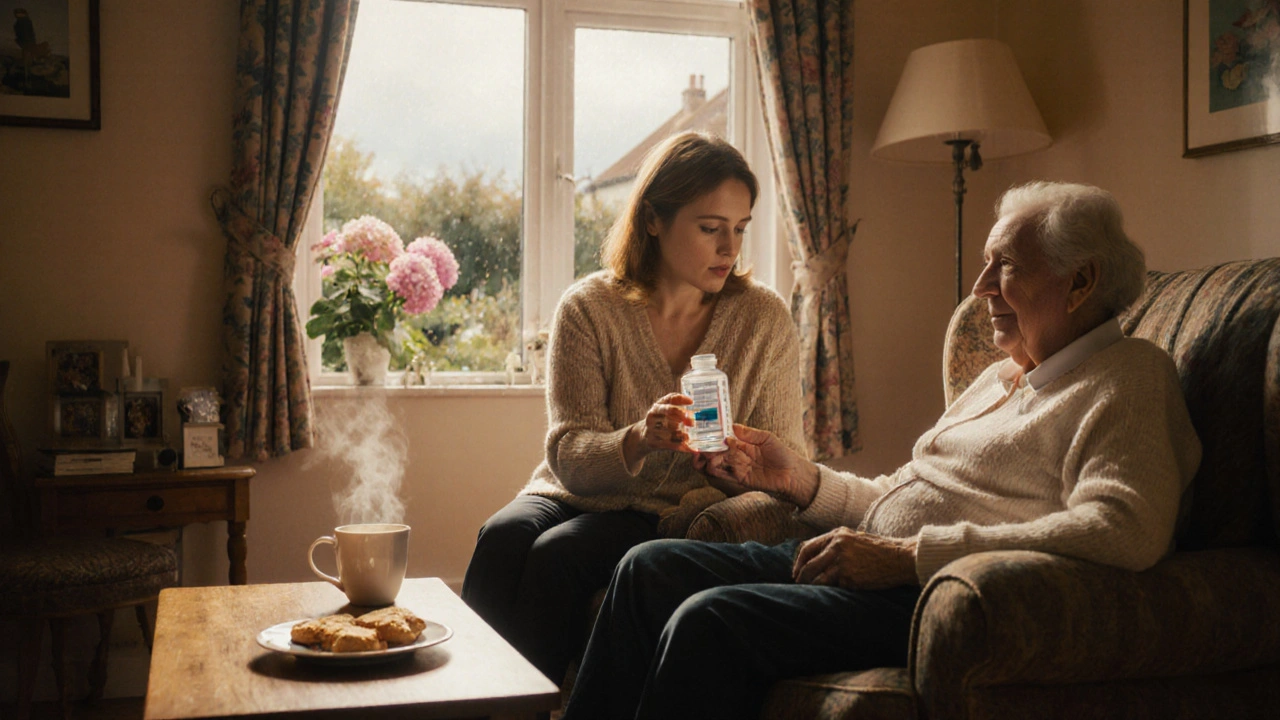Cancer Care Guide: What You Need to Know
Facing a cancer diagnosis can feel like stepping into the unknown. You’ll hear medical jargon, schedule endless appointments, and wonder how everyday life will change. This guide breaks the process into bite‑size pieces, so you can focus on what matters most: staying safe, feeling comfortable, and keeping hope alive.
First, get a solid grasp of your treatment plan. Ask your oncologist to explain why each therapy—whether surgery, chemo, radiation, or immunotherapy—was chosen. Write down the schedule, dosage, and any labs they’ll monitor. Having a printed copy or a phone note means you won’t miss a step when the clinic gets busy.
Handling Treatment Day‑to‑Day
When you walk into the infusion center, bring headphones, a favorite book, or a streaming show. Distractions help the time fly and reduce anxiety. Stay hydrated; sip water before, during, and after treatment unless your doctor says otherwise. If you feel nauseous, try ginger tea, small crackers, or the anti‑nausea meds your team prescribed.
Side effects differ from person to person, but there are common patterns you can prepare for. Fatigue often peaks a few days after chemo—plan light activities, schedule naps, and ask a friend to run errands. Skin reactions from radiation can turn red or feel tight; a gentle moisturizer and loose clothing keep comfort up. For mouth sores, avoid acidic foods, rinse with a mild salt solution, and use a soft‑bristled toothbrush.
Don’t ignore mental health. Talking to a counselor, joining a support group, or simply sharing feelings with family can lower stress. Many hospitals offer free psycho‑oncology services—take advantage of them. Keeping a journal of symptoms also helps your doctor tweak dosages before problems get worse.
Life After Treatment – Staying Healthy
Finishing the main course of treatment opens a new chapter: survivorship. Your body may still be healing, so continue regular check‑ups and blood tests as scheduled. Nutrition plays a big role; aim for a balanced plate with protein, whole grains, and plenty of vegetables. If appetite is low, split meals into smaller, more frequent portions.
Exercise, even mild, boosts energy and mood. Start with short walks, gentle yoga, or light resistance bands. Ask your physiotherapist for a personalized plan that matches your stamina. Sleep quality matters too—keep a consistent bedtime, limit caffeine after lunch, and create a dark, quiet room.
Watch for red‑flag symptoms: new lumps, unexplained weight loss, persistent pain, or changes in bowel habits. Report them promptly; early detection of recurrence is easier to treat. Keep a list of emergency contacts, including your oncology nurse, primary doctor, and a trusted family member.
Finally, think about the future you want. Many survivors find meaning through volunteering, advocacy, or creative projects. Setting small, enjoyable goals gives your days direction and lifts spirits.
Remember, cancer care isn’t a solo journey. Lean on your medical team, your loved ones, and the many resources available online and in your community. With the right information and a bit of preparation, you can face each step with confidence and keep moving forward.
Myeloma Caregiving Tips: How to Support a Loved One
A practical guide for family members caring for a loved one with multiple myeloma, covering medication, pain, nutrition, emotional support, and palliative planning.
